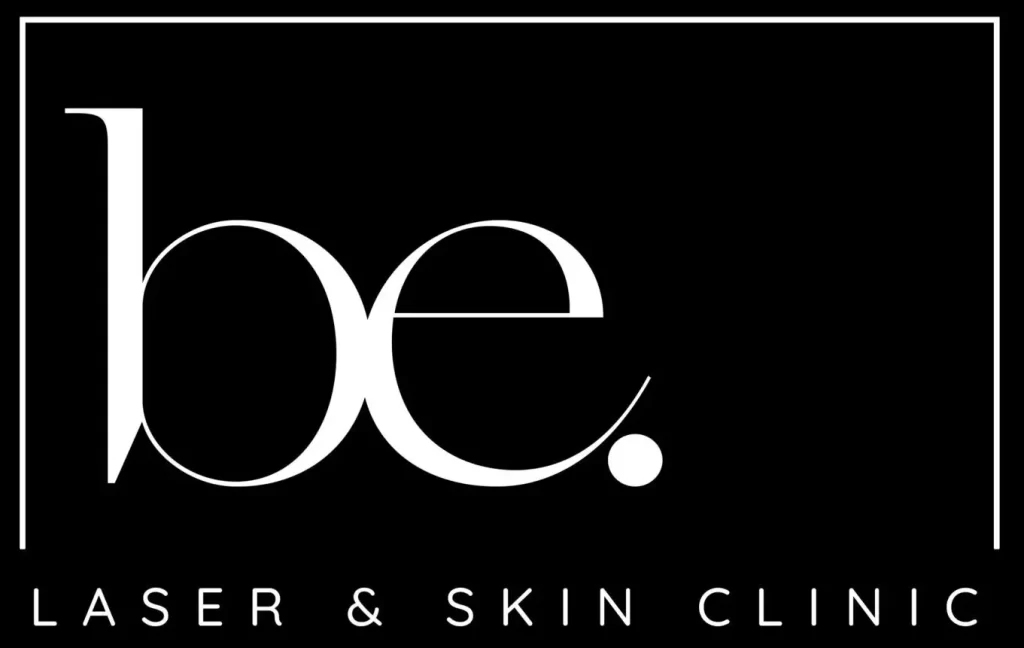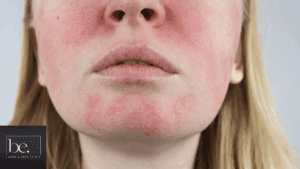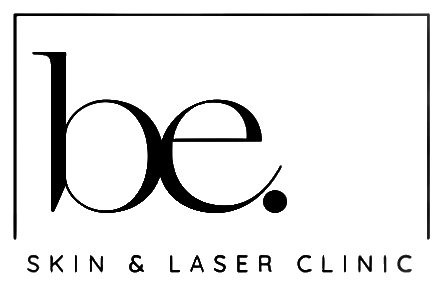Getting rid of unwanted hair when you’re rocking blonde or red can feel like a total lottery. Normal lasers just don’t pick up enough pigment, so results are hit and miss. But with the right diode wavelength, Blonde hair laser treatments can actually work well. In this post, I’ll share why tweaking the wavelength and pulse duration helps, how mixing Nd:YAG with near-infrared diodes can boost your odds, and a couple of simple tricks—like adding a pigment primer or dialling back power for sensitive skin—to get better results.
Key Takeaways
- Blonde hair laser needs a longer wavelength and gentler pulse to heat light pigment without hurting skin.
- Pairing Nd:YAG with near-infrared diodes lets the beam hit follicles deeper and run sessions faster.
- Simple pre-treatments—think topical pigment boosters—and tailored settings for tender skin can make a real difference.
.
Optimising Diode Wavelengths For Blonde Hair Laser Precision

Tailoring Wavelengths To Light Hair Pigment
So, you’re thinking about laser hair removal but you’ve got blonde hair? It can be a bit more complicated than if you’ve got dark hair, but don’t worry, it’s definitely doable. The trick is all in the wavelengths. Traditional lasers target melanin, which is what gives hair its colour. Blonde hair, though, doesn’t have much melanin, so those lasers aren’t as effective. That’s where diode lasers come in. They can be adjusted to target the hair follicle even with less pigment. It’s not a one-size-fits-all thing, though.
- Different wavelengths work better for different shades of blonde.
- The laser technician needs to know their stuff and adjust the settings accordingly.
- You might need more sessions than someone with darker hair.
.
It’s all about finding the sweet spot where the laser can target the hair follicle without damaging the surrounding skin. Think of it like trying to find a radio station – you need to tune it just right to get a clear signal.
Protecting Surrounding Skin With Extended Pulse Duration
Another thing to consider is the pulse duration. This is how long the laser is actually firing. For blonde hair, a longer pulse duration is often better. This allows the heat to build up gradually in the follicle, which is more effective for lighter hair. It also helps to protect the surrounding skin. Think of it like slow-cooking something – it takes longer, but it’s less likely to burn.
Here’s a quick comparison:
| Feature | Shorter Pulse Duration | Longer Pulse Duration |
|---|---|---|
| Heat Delivery | Rapid | Gradual |
| Skin Protection | Lower | Higher |
| Effectiveness on Blonde Hair | Lower | Higher |
It’s also worth remembering that laser hair removal for blonde hair might not be as effective as it is for darker hair. You might need to explore other options, like electrolysis, if you’re aiming for complete removal. A good treatment plan is key.
Combining Nd:YAG And Near-Infrared Diodes For Blonde Hair Laser
So, you’re thinking about laser hair removal but you’ve got blonde hair? It can be a bit trickier than if you’ve got dark hair, but don’t lose hope! One of the ways clinics are tackling this is by using a combination of different types of lasers, specifically Nd:YAG and near-infrared diodes. Let’s have a look at how this works.
Harnessing Deep Penetration For Follicle Disruption
Nd:YAG lasers are pretty cool because they use a longer wavelength of light. This means they can offer safe, effective hair removal by penetrating deeper into the skin. This is super useful for blonde hair because the laser can bypass the pigment on the surface and target the hair follicle directly. Think of it like this: it’s like having a special key that unlocks the hair follicle, even if it’s hiding under a layer of blonde.
Maximising Coverage With Rapid Pulse Repetition
Near-infrared diodes are another piece of the puzzle. They work by delivering energy to the hair follicle in short, rapid pulses. This rapid pulse repetition helps to maximise the coverage area during treatment.
Here’s why that’s important:
- It allows for faster treatment times.
- It reduces the risk of overheating the skin.
- It ensures that more hair follicles are targeted in each session.
.
Basically, the combination of Nd:YAG and near-infrared diodes means that clinics can treat larger areas of skin more quickly and safely, while still effectively targeting those pesky blonde hairs. It’s all about getting the right balance of power and precision.
Emerging Strategies To Enhance Blonde Hair Laser Outcomes

Topical Pigment Enhancement Pre-Treatment
So, you know how laser hair removal works best when it has something dark to target? Well, because blonde hair lacks melanin, some places are trying out pre-treatments to darken the hair follicle a bit. The idea is that if you can temporarily boost the pigment, the laser will have an easier time doing its job. It’s like giving the laser a helping hand.
- Topical solutions are applied before the laser session.
- These solutions aim to increase pigment in the hair follicle.
- It’s still pretty new, so results can vary quite a bit.
.
It’s worth noting that these treatments aren’t everywhere yet, and you should definitely chat with a professional to see if it’s right for you. Don’t just jump into it without doing your homework!
Customised Protocols For Sensitive Complexions
Blonde hair often comes with fair, sensitive skin, right? So, you can’t just blast away with the same settings as someone with darker skin and hair. It’s all about finding that sweet spot where you’re targeting the hair without causing a meltdown on the skin.
- Lower energy levels are often used.
- More frequent, shorter sessions might be needed.
- Cooling techniques are super important to protect the skin.
.
Basically, it’s a more gentle approach. Think of it like this: you’re coaxing the hair away, not attacking it. It might take longer, but it’s way less likely to leave you with irritated skin.
| Feature | Standard Protocol | Customised Protocol |
|---|---|---|
| Energy Level | Higher | Lower |
| Pulse Duration | Shorter | Longer |
| Session Frequency | Less Frequent | More Frequent |
Want better laser results on blonde hair? Our new techniques use gentle cooling and special settings to spot light strands. It’s faster and more comfy than ever. Pop over to our website to see how we can help you get smooth skin. Book your session now!
Conclusion
That’s it for our tour of lasers for blondes and reds. It’s not instant. You’ll need a few rounds and some patience. Find a clinic that knows its onions and offers 810 nm diode or Nd:YAG. Lighter locks take more time, so expect extra visits. If you still spot stubble, electrolysis can step in. Pick kit and staff who’ve treated fair shades before. Keep hopes real, stick to the plan, and you’ll be waving goodbye to unwanted hair in no time.
Test light-hair laser → Laser Hair Removal
Frequently Asked Questions
Can laser hair removal really work on blonde and red hair?
Traditional lasers often struggle with fair hair because there’s less pigment to grab onto. But newer diode lasers at around 810 nm and Nd:YAG machines can reach right down to the hair bulb, so they’ve got a much better chance of zapping blonde and red hairs. Just remember, you might need more sessions than someone with dark hair.
Will the treatment hurt or damage my skin?
Most modern lasers use longer pulses and built-in cooling, so the energy heats the hair root slowly and your skin stays comfy. You might feel a quick rubber-band snap, but it’s usually not painful. Always pick a clinic that offers skin cooling and adjusts the settings to your skin tone.
How many sessions will I need for light hair?
It varies, but fair hair often needs around 10 to 15 sittings to see good results. If your clinic uses a topical pigment enhancer before each treatment, or tweaks the wavelength just for you, you might cut a few sessions. Still, be ready for regular appointments spaced a month or so apart.




